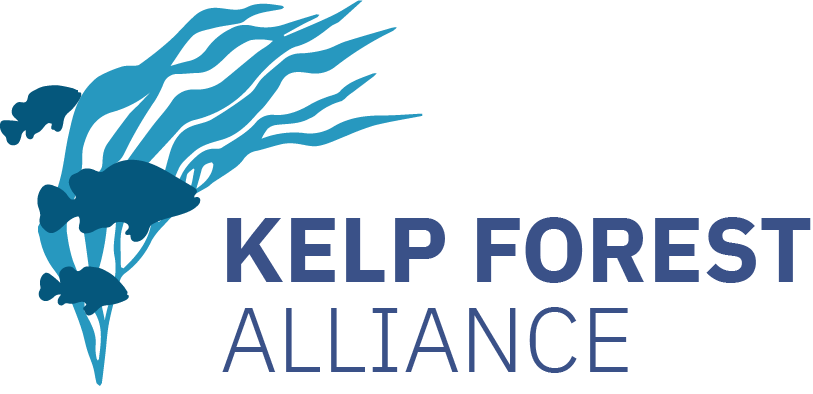Restoration Objective:
The purpose of this reef was to (1) provide shelter, forage, nesting and nursery areas for fishes and invertebrates; (2) offer rocky substrate for the attachment and growth of marine animals and plants, particularly giant kelp (Macrocystis sp.); and (3) provide study sites to investigate the effect of reef location, depth, relief, and rock size on the development of associated biotic communities.
Cause Of Decline:
Macrocystis pyrifera beds along the southern California coast were relatively stable prior to 1940. Declines were first reported in 1945 in areas nearest major sewage outfalls. This deterioration progressively affected beds at increasing distances from the outfalls, leaving small patches. Deterioration of kelp accelerated when an influx of warm oceanic water persisted off California from 1957-1959.
Key Reasons For Decline:
Multiple
Scientific Paper
1997 biological surveys of four Southern California artificial reefs: Oceanside# 2. and Mission Bay Park
Carlsbad, Pacific Beach.
https://aquadocs.org/handle/1834/18347



